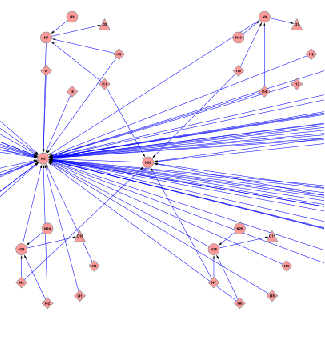 In the last decades, many researchers have used evolutionary algorithms to adapt the topology and connection weights of recurrent neural networks for various control tasks. This has become a useful machine learning technique. Because handling large genomes is difficult, however, these neural networks typically contain only a few neurons. If the genome contains a recipe for construction of the network instead of the network itself, it can be much smaller. We have developed a method than can exactly do this, and performs very well on a number of different problems.
In the last decades, many researchers have used evolutionary algorithms to adapt the topology and connection weights of recurrent neural networks for various control tasks. This has become a useful machine learning technique. Because handling large genomes is difficult, however, these neural networks typically contain only a few neurons. If the genome contains a recipe for construction of the network instead of the network itself, it can be much smaller. We have developed a method than can exactly do this, and performs very well on a number of different problems.
read more »





















